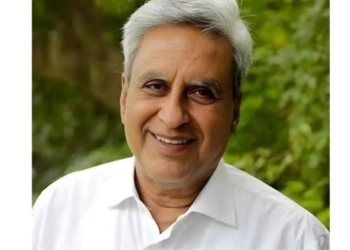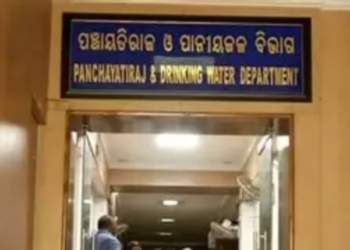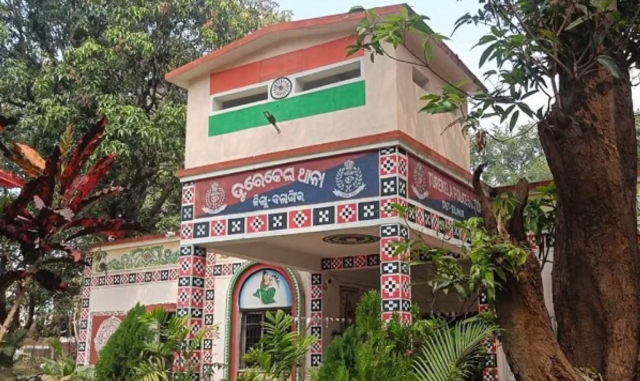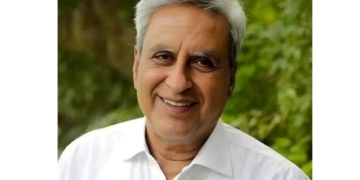The agrarian heartland of western Odisha came alive today with the vibrant celebration of Nuakhai, a festival that marks the first offering of the season’s harvest.
The rituals begin at the Samaleswari Temple in Sambalpur, where freshly harvested rice, locally known as Nabanna, is ceremonially offered to Goddess Samaleswari, the presiding deity of the region.
The day began with a ceremonial bath of the goddess, followed by adorning her with a new saree and ornaments.
The Spirit of Nuakhai
After the rituals, families and communities observed Nuakhai Juhar, where younger members greet elders with respect and receive blessings. The exchange of affection strengthens bonds and highlights the festival’s core message of unity, gratitude, and respect.
Nuakhai, meaning “new rice”, is one of the most cherished agrarian festivals of western Odisha, celebrated a day after Ganesh Chaturthi. Its origins trace back to the 12th century AD, when Chauvan Raja Ramai Deo of Patnagarh encouraged agriculture over hunting, cementing farming as the backbone of the region’s livelihood.
The celebrations are deeply rooted in agricultural traditions, observed particularly among tribal and farming communities. Preparations begin two weeks in advance and follow nine distinct rituals—from Beheren (date fixing) and Daka Haka (sending invitations) to Nuakhai itself (sharing the first harvest meal) and Juhar Bhet (greeting elders).
Beyond the Harvest
More than a festival of crops, Nuakhai is about family reunion, social harmony, and respect for farmers. It highlights agriculture’s role in shaping the cultural and economic identity of the region. Families living outside Odisha often return home to be part of the celebration, reinforcing its emotional significance.
On this occasion, President Droupadi Murmu extended her greetings, calling Nuakhai a celebration of “brotherhood and mutual harmony.” In her message, she wished happiness, prosperity, and well-being for all citizens, especially the people of Odisha.





























